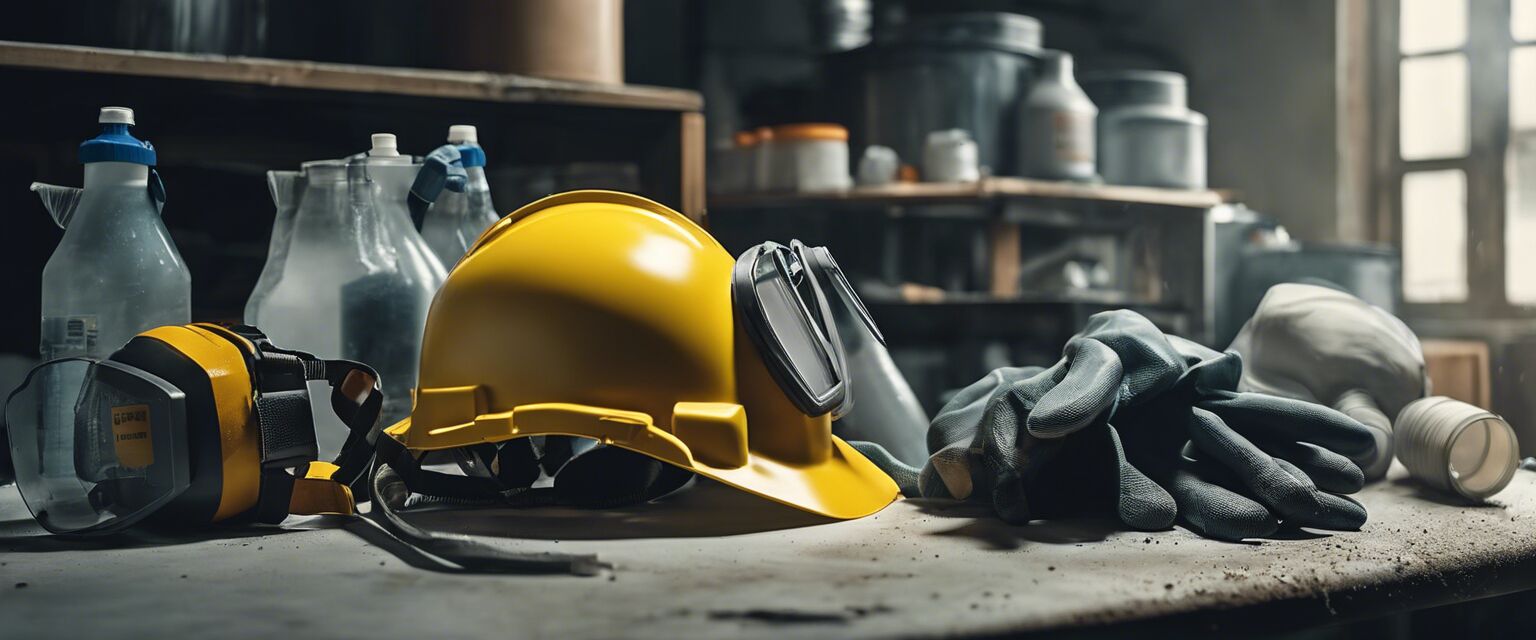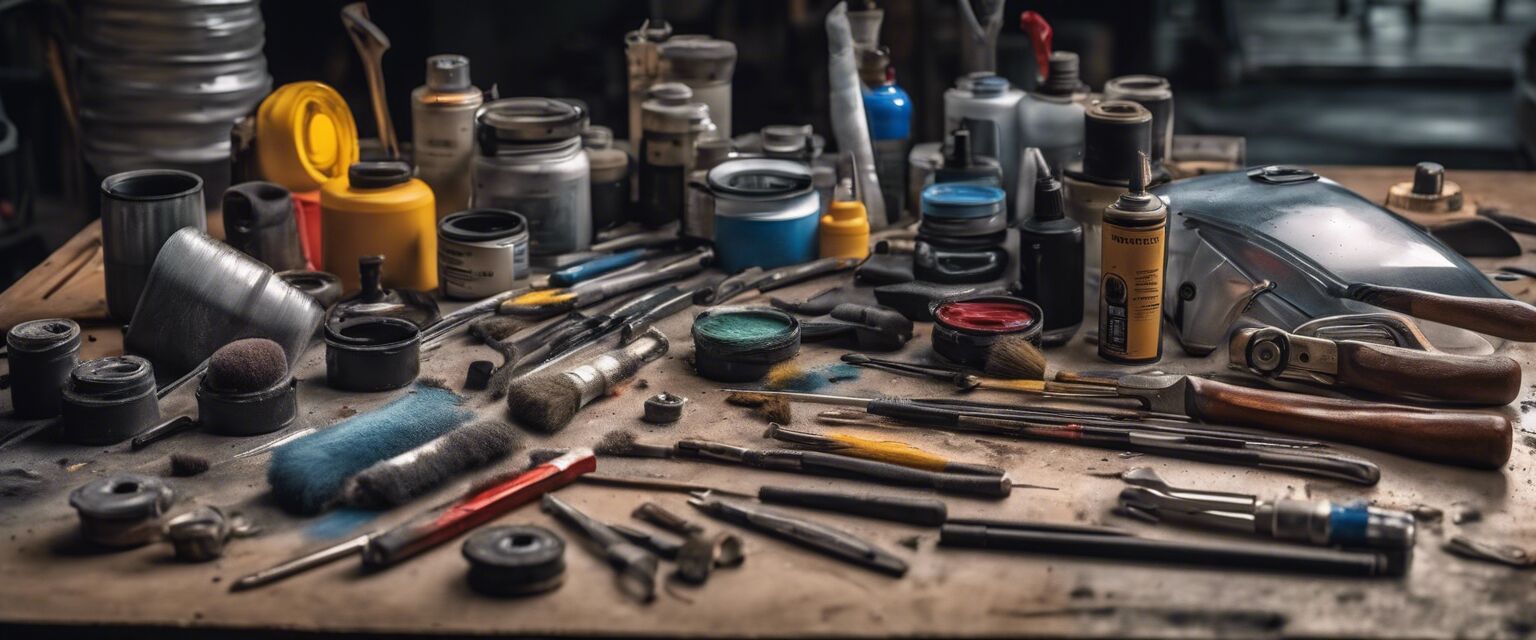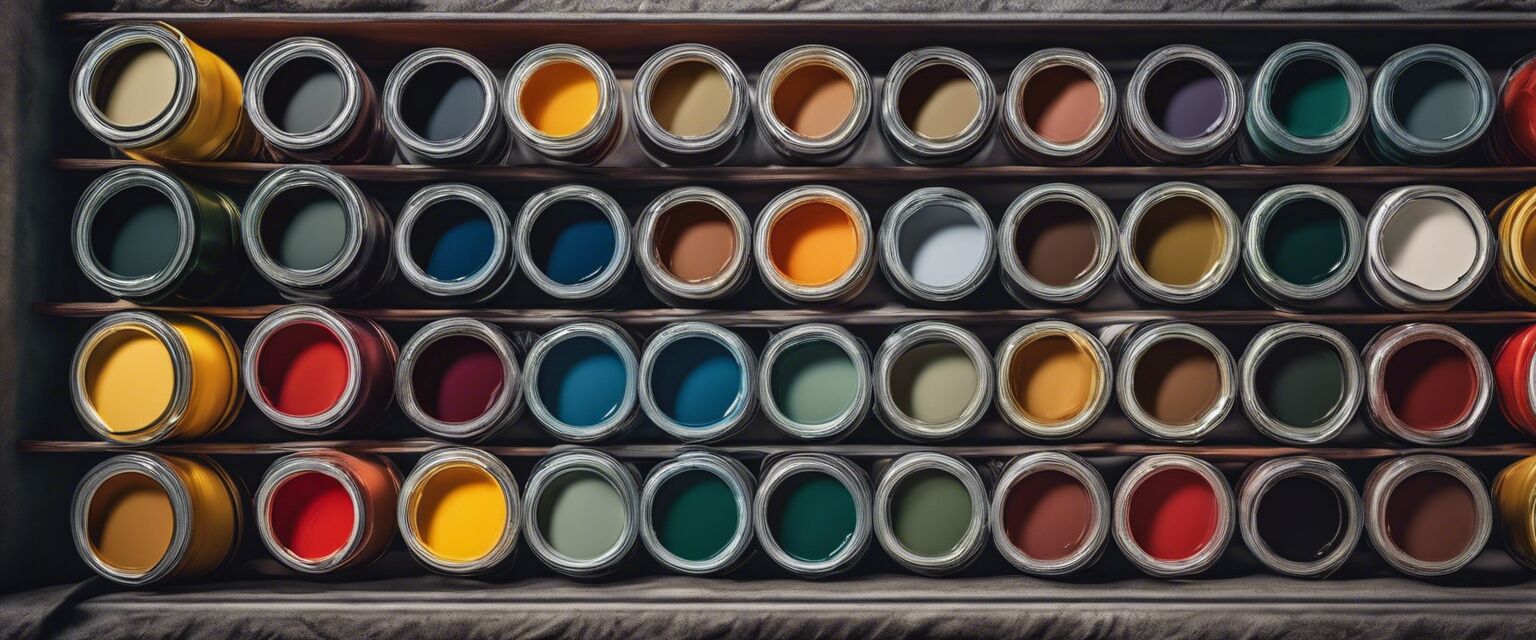
Paint booth design and setup
Key takeaways
- Choosing the right location is crucial for a paint booth.
- Proper ventilation and filtration systems improve paint quality.
- Lighting plays an essential role in detecting imperfections.
- Organized tools and supplies enhance productivity.
- Safety equipment is vital to protect workers.
Designing and setting up a paint booth is essential for achieving high-quality finishes in automotive painting. A well-designed booth not only protects the work environment but also ensures the best application of paint. This article will guide you through the critical elements of paint booth design and setup, providing insights into key aspects that influence the quality of your work.
Importance of a proper paint booth
A paint booth is a controlled environment where vehicles are painted. It minimizes contamination from dust and debris while ensuring even application and curing of paint. Here are some primary reasons why a proper paint booth is necessary:
- Reduces the risk of defects in the paint job.
- Improves safety by controlling hazardous fumes.
- Enhances efficiency and productivity in the painting process.
Key components of a paint booth
When designing your paint booth, itâs essential to consider several key components:
| Component | Description |
|---|---|
| Ventilation system | Ensures the removal of harmful fumes and maintains air quality. |
| Filtration system | Removes contaminants from the air, preventing them from settling on the vehicle. |
| Lighting | Provides sufficient illumination to detect imperfections in the paint. |
| Temperature control | Maintains optimal conditions for paint application and curing. |
| Safety equipment | Includes respirators, gloves, and protective eyewear for workers. |
Steps to design and set up your paint booth
Here are the essential steps to follow when designing and setting up your paint booth:
- Choose the right location: Find a space that is well-ventilated and away from contaminants.
- Design the layout: Ensure an organized workspace with designated areas for painting and drying.
- Install ventilation and filtration systems: This is crucial for air quality and paint application.
- Set up lighting: Use bright, even lighting to help identify imperfections.
- Include safety measures: Equip the booth with necessary safety gear and first aid kits.
- Test the booth: Run tests to ensure everything functions properly before beginning work.
Ventilation and filtration systems
Proper ventilation is one of the most critical aspects of a paint booth. Without adequate airflow, fumes can accumulate, posing health risks. Hereâs a closer look at how to set up these systems:
| System Type | Description |
|---|---|
| Exhaust System | Removes harmful vapors from the booth. |
| Intake System | Brings in fresh air while filtering out contaminants. |
| Recirculation System | Reuses filtered air within the booth to maintain temperature. |
Lighting considerations
Lighting is essential for any paint booth. A well-lit booth allows for proper inspection of the paint job. Here are some tips for setting up lighting:
- Use LED lights for better visibility and energy efficiency.
- Position lights at various angles to eliminate shadows.
- Ensure even distribution of light across the entire booth.

Organizing tools and supplies
Keeping your tools and supplies organized can significantly enhance productivity in the paint booth. Hereâs how to do it:
Tips for organizing your paint booth
- Use shelves and racks to store paint supplies.
- Label all tools and materials for easy access.
- Keep a designated area for frequently used items.
Safety equipment needed
Safety should always be a priority in any paint booth setup. Hereâs a list of essential safety equipment:
- Respirators to protect against inhaling fumes.
- Protective gloves to prevent skin contact with paint.
- Safety goggles to shield eyes from splashes.
- Fire extinguishers readily available in case of emergencies.

Common mistakes to avoid
When setting up your paint booth, avoid these common mistakes:
- Neglecting ventilation, leading to fume buildup.
- Improper lighting, which can hide defects.
- Disorganized workspace, which can slow down the process.
Conclusion
Designing and setting up an effective paint booth is vital to achieving high-quality results in automotive painting. By considering factors like ventilation, lighting, organization, and safety, you can create an efficient and safe working environment. For more information on related topics, check out our guides on automotive paints, body fillers and putty, and car detailing tools.






